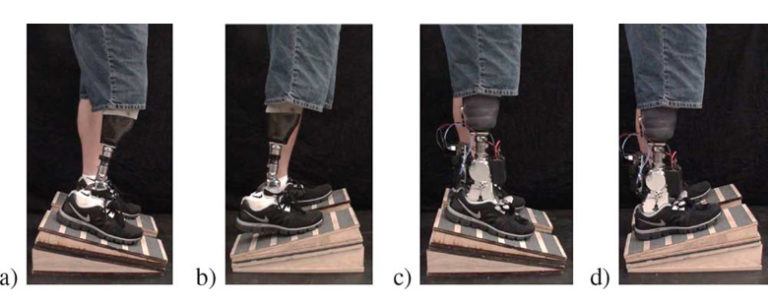Kinematic Assessment of Upper Limb Movements Using the ArmeoPower Robotic Exoskeleton
https://www.embs.org/tnsre/wp-content/themes/movedo/images/empty/thumbnail.jpg
150
150
Transactions on Neural Systems and Rehabilitation Engineering (TNSRE)
//www.embs.org/tnsre/wp-content/uploads/sites/15/2022/06/ieee-tnsre-logo2x.png
After a neurological injury, neurorehabilitation aims to restore sensorimotor function of patients. Technological assessments can provide high-quality data on a patient’s performance and support clinical decision making towards the most…
read more



